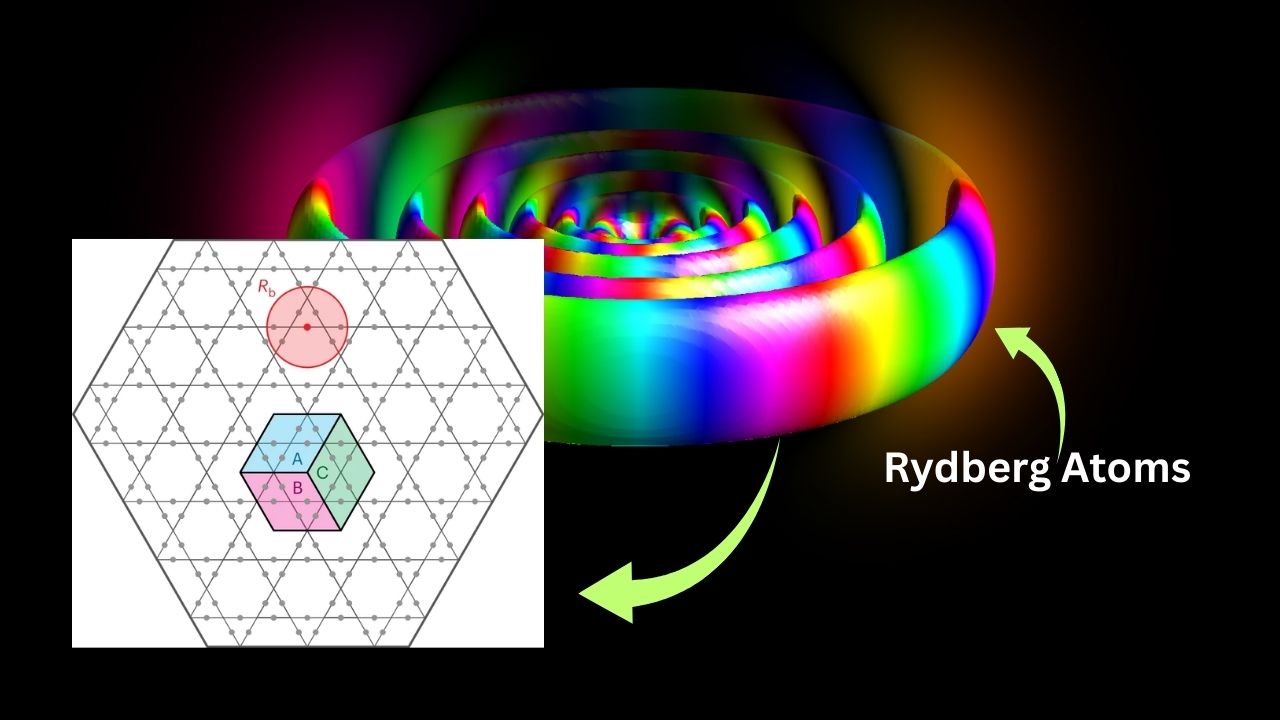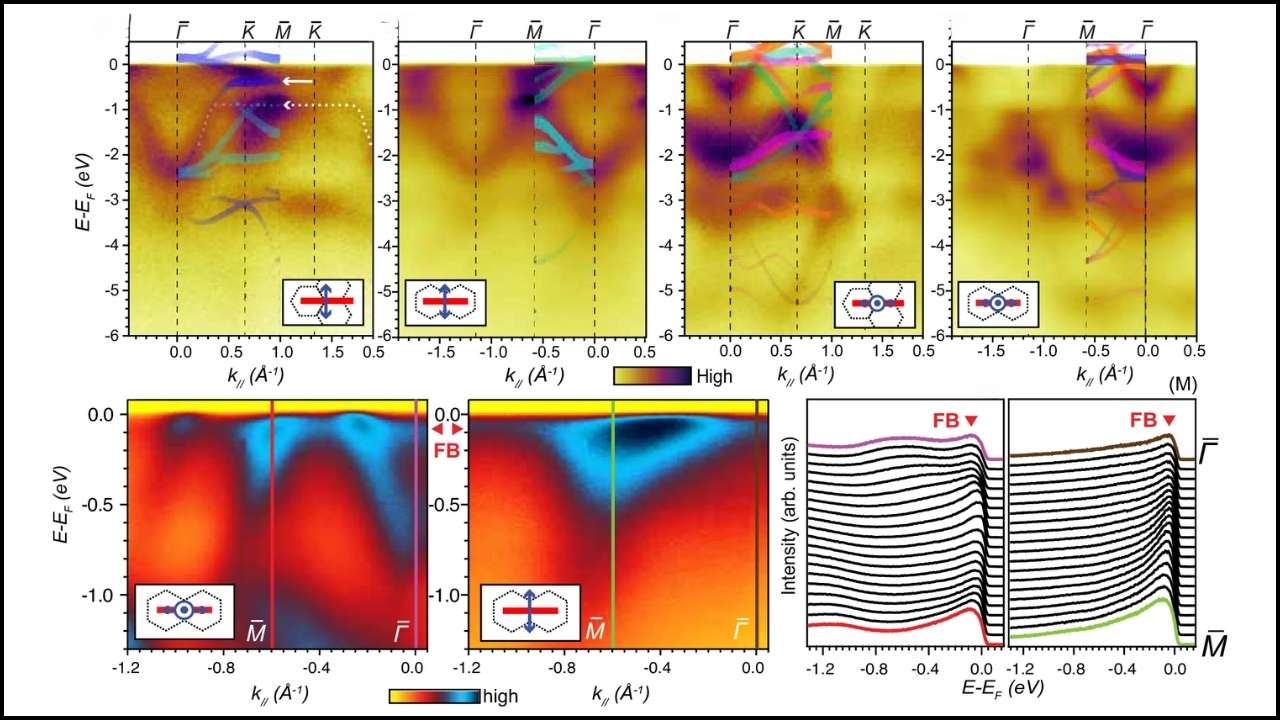The discovery of black metal technology is making waves in the renewable energy world, with scientists revealing that it could supercharge solar power efficiency by up to 15 times compared to traditional methods. This breakthrough, led by researchers at the University of Rochester, opens new doors for making solar energy cheaper, more accessible, and more versatile than ever before.
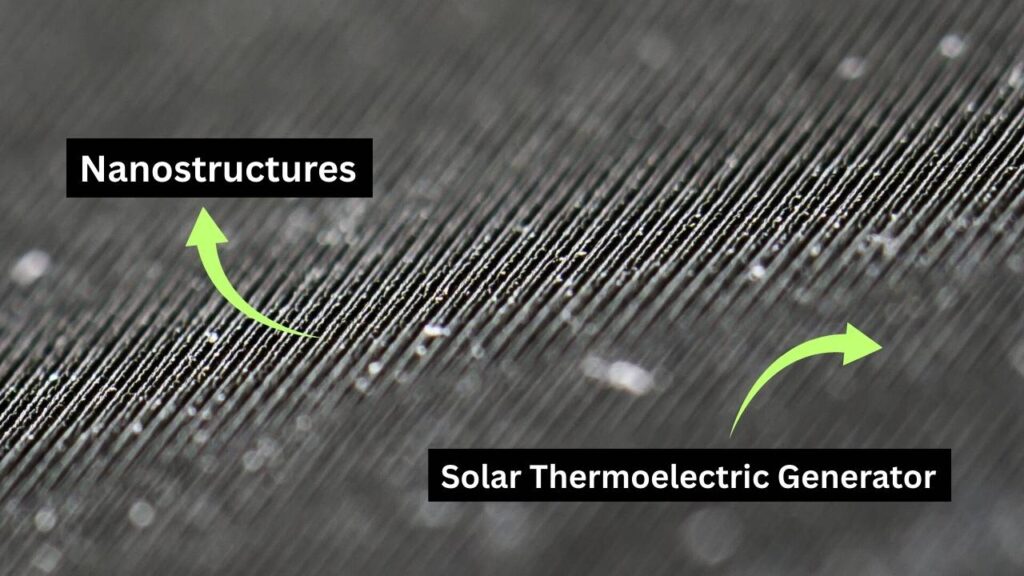
Unlike standard solar panels that convert sunlight directly into electricity using photovoltaics, this new method enhances solar thermoelectric generators (STEGs)—devices that use heat instead of just light. The key lies in laser-etched “black metal” surfaces that absorb nearly all incoming sunlight, dramatically increasing the efficiency of energy conversion.
Black Metal Discovery Could Supercharge Solar Power Efficiency
| Feature | Details |
|---|---|
| Discovery | Laser-etched black metal developed at the University of Rochester |
| Technology | Boosts solar thermoelectric generators (STEGs) |
| Efficiency Gain | Up to 15x more efficient than previous STEGs |
| Current STEG Efficiency | < 1% efficiency (before breakthrough) |
| Potential Applications | Off-grid energy, hybrid solar systems, industrial heat recovery, space exploration |
| Official Source | University of Rochester News |
The black metal discovery from the University of Rochester is more than just a scientific curiosity—it’s a leap forward in renewable energy technology. By turning metals into near-perfect solar absorbers, scientists have boosted STEG efficiency 15-fold, making them a serious player in the clean energy race.
While challenges remain in scaling and cost, the potential applications—from off-grid energy to space missions—make this one of the most exciting breakthroughs in solar research today. Combined with photovoltaics, black metal STEGs could help us harness every bit of energy the sun has to offer.
What Is Black Metal and Why Does It Matter?
At first glance, the term black metal might remind you of heavy metal music—but in science, it means something very different. In this context, black metal refers to a metal surface treated with powerful femtosecond lasers. These lasers etch the surface on a nanoscopic level, creating intricate patterns that make the metal extremely efficient at absorbing sunlight.
Why does that matter? Standard metals are reflective, meaning they bounce sunlight away instead of absorbing it. By making metals appear “black,” scientists turn them into perfect solar sponges. This allows STEGs to absorb more energy, heat up faster, and generate far more electricity.
For perspective: traditional STEGs typically convert less than 1% of sunlight into usable electricity. With black metal enhancement, that figure can jump to nearly 15% efficiency—a monumental leap in renewable energy.
Understanding Solar Thermoelectric Generators (STEGs)
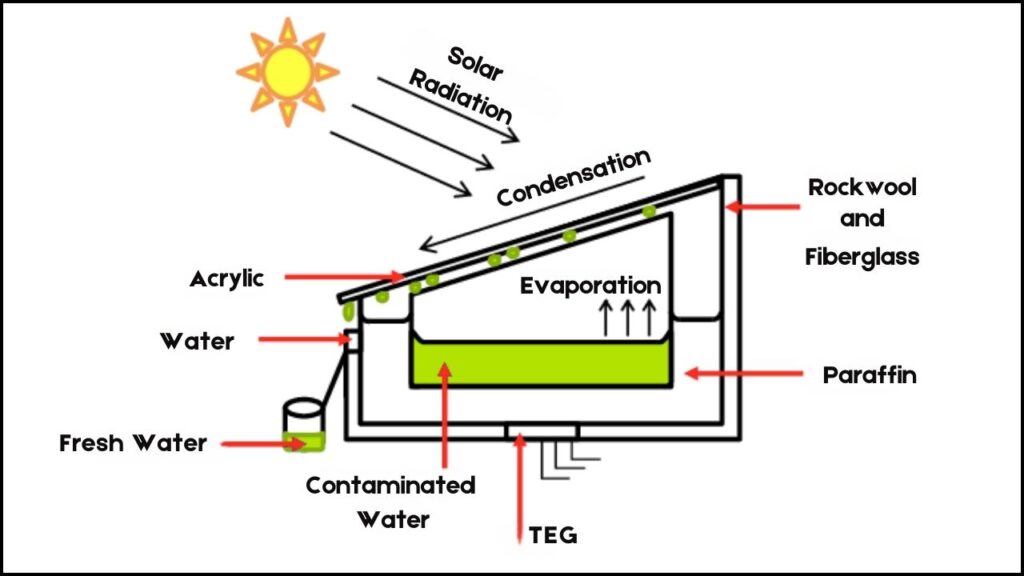
How They Work
Most of us are familiar with solar panels, which use photovoltaic cells to generate electricity. STEGs, on the other hand, use the Seebeck effect—a scientific principle where a temperature difference across materials produces voltage.
Think of it like this:
- One side of the device is hot (sunlit surface).
- The other side is cooler (shaded or cooled surface).
- The temperature difference creates an electrical current.
Now, add in the new black metal coating. It absorbs sunlight much more efficiently, making the hot side significantly hotter and creating a stronger temperature difference. The result? More electricity with the same amount of sunlight.
Everyday Analogy
Imagine putting a shiny silver pan and a matte black pan out in the sun. The black pan gets scorching hot much faster because it absorbs more sunlight. Black metal works the same way—only on a much more advanced and microscopic scale.
Why This Breakthrough Is a Big Deal
1. Overcoming Old Limitations
Previously, STEGs were more of a scientific curiosity than a practical solution because of their extremely low efficiency (<1%). But boosting performance by 15x changes the game, making them a serious contender alongside photovoltaics.
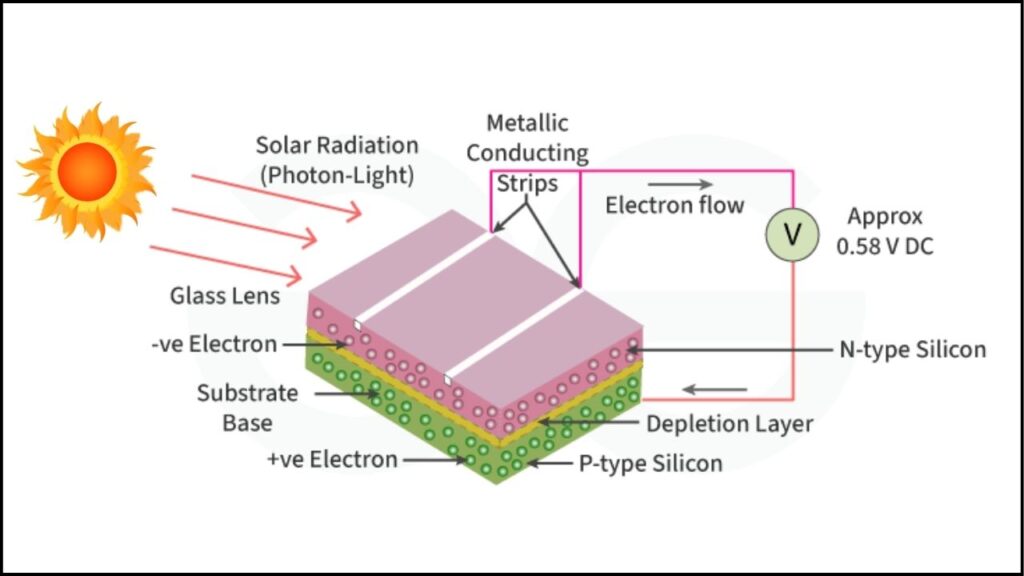
2. Broader Energy Capture
Unlike regular solar panels, which only work under direct light, STEGs can capture heat from multiple sources. This means they can generate electricity not only from sunlight but also from waste heat in industrial settings, or even from heat sources in space missions.
3. Complementary to Photovoltaics
Instead of replacing solar panels, black metal STEGs can complement them. A hybrid system could use panels to capture light and STEGs to capture heat, maximizing total energy output.
Practical Applications of Black Metal Solar Technology
Off-Grid and Rural Energy
In regions where traditional solar panels are too expensive or hard to maintain, STEG systems could provide affordable, durable power solutions.
Industrial Heat Recovery
Factories that produce large amounts of waste heat could repurpose it into electricity with black metal STEGs—saving money and reducing emissions.
Space Exploration
NASA and other agencies could deploy STEGs for deep-space missions where heat differentials (sunlight vs. shadow) are abundant, making them a reliable power source beyond Earth.
Hybrid Home Systems
In the future, households might have combined solar panels and STEGs, making use of both light and heat for maximum efficiency.
How the Technology Works: Step by Step
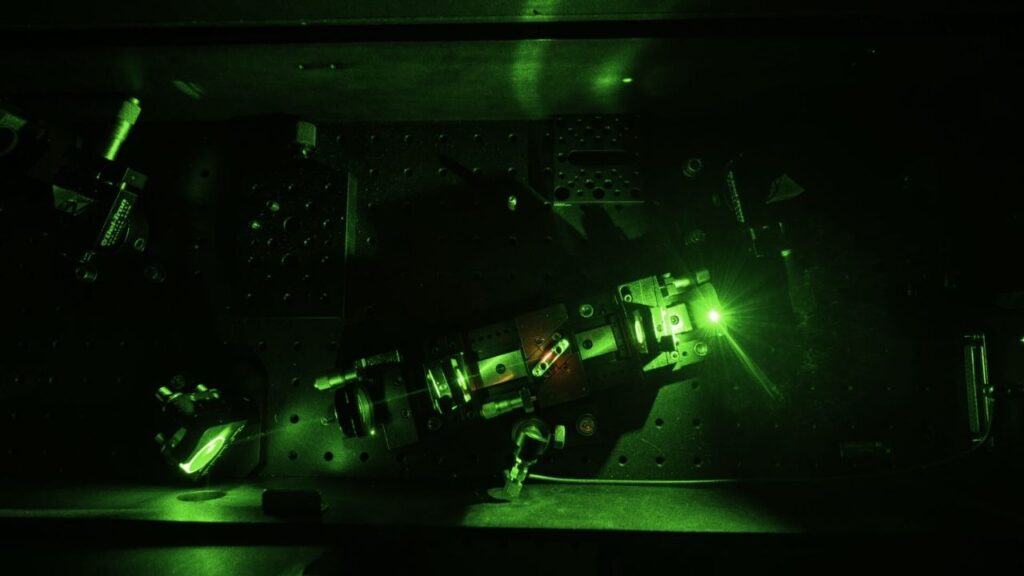
- Laser Etching – Researchers fire ultrafast femtosecond lasers onto a metal like tungsten, creating nanoscale patterns.
- Surface Transformation – The etched patterns increase surface area and trap light instead of reflecting it.
- Heat Absorption – The metal becomes a “black body,” soaking up almost all light wavelengths.
- Energy Conversion – This heat creates stronger temperature gradients in STEGs.
- Electricity Output – The Seebeck effect kicks in, producing electricity with far higher efficiency than before.
How Black Metal Compares to Photovoltaics
| Feature | STEGs with Black Metal | Photovoltaic Solar Panels |
|---|---|---|
| Energy Source | Heat (sunlight, waste heat, etc.) | Direct sunlight |
| Efficiency | Up to ~15% (from <1%) | ~20% (residential panels) |
| Applications | Heat recovery, hybrid systems, off-grid, space | Residential, commercial, utility-scale |
| Cost (Current) | Research stage, not mass-produced | Established, falling prices |
| Future Potential | Adds value as a complementary technology | Still the mainstream choice |
Challenges and Next Steps
- Scalability – While laser etching works in the lab, scaling it for mass production could be tricky.
- Durability – Long-term testing is needed to ensure black metal surfaces withstand decades of exposure.
- Cost Efficiency – Like all emerging tech, initial costs may be high, but economies of scale could bring them down.
Still, the promise is enormous. If perfected, black metal STEGs could revolutionize the solar industry.
Surprisingly Diverse Innovations Have Led to Dramatically Cheaper Solar Panels
Lithium Universe Secures Global Rights for Microwave-Assisted Solar Panel Recycling Technology
Innovative Composite Material Helps Solar Panels Stay Cooler and Work More Efficiently
FAQs About Black Metal Discovery Could Supercharge Solar Power Efficiency
Q1: What makes black metal different from regular metal?
Black metal is etched with femtosecond lasers, creating nanoscale structures that trap light and convert metals into ultra-efficient light absorbers.
Q2: Can black metal replace solar panels?
Not directly. Black metal boosts STEGs, which complement photovoltaic panels. Together, they could maximize energy capture.
Q3: Is this technology available for homes today?
Not yet. It’s still in research and development, but commercialization could follow in the next decade if scalability challenges are solved.
Q4: How efficient are black metal STEGs compared to solar panels?
Current solar panels average around 20% efficiency, while black metal STEGs are projected to reach 15% efficiency, up from less than 1%.
Q5: What industries will benefit the most from this discovery?
Manufacturing (waste heat recovery), space exploration, and renewable energy sectors could see the biggest impact.
